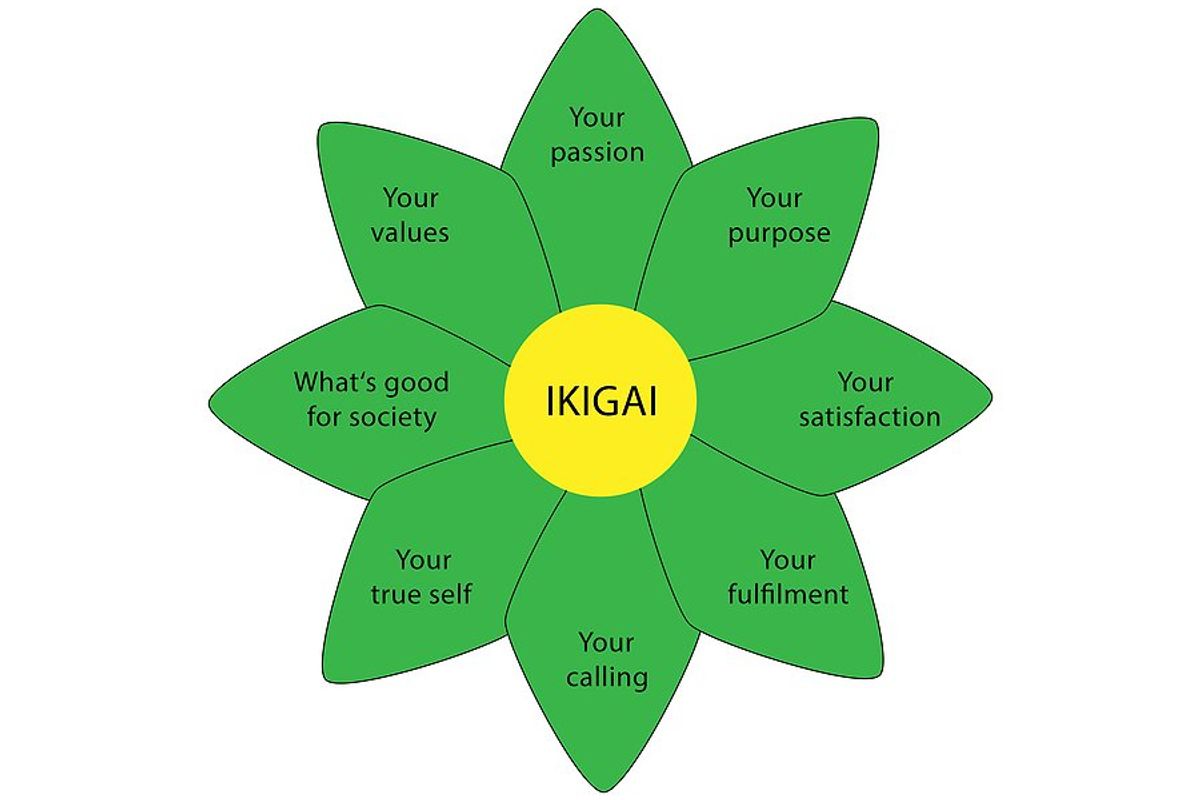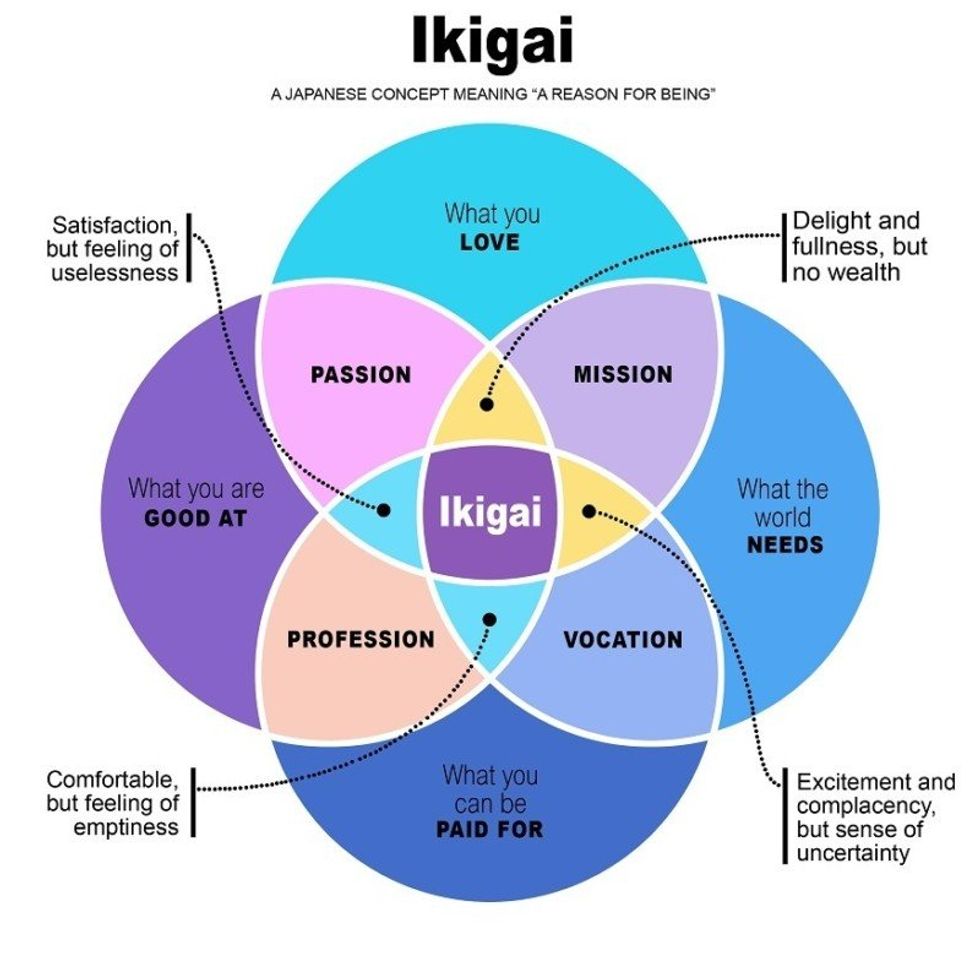
As we navigate the evolving landscape of remote work, shifting from traditional office settings to decentralized home-based work has brought advantages and challenges. In the wake of the global pandemic, employees across industries adapted to a new normal, juggling professional responsibilities amid the chaos of family life and virtual schooling.
Four years into this transformative journey, the flexibility of remote work has become a lasting aspect of our professional lives. While the benefits include increased productivity, reduced commutes, and enhanced work-life balance, there’s a lingering challenge that demands attentionâremote work loneliness.
As employees continue to strike a balance between solitude for focused productivity and the need for social connection, this article explores proven strategies to address remote work loneliness and foster meaningful connections in a decentralized work environment. Whether you’re a seasoned remote worker or navigating the new normal, the insights shared here aim to enhance the quality of both professional and personal well-being.
Sharon Grace
It’s 2024, four years past the “two-week shutdown and quarantine” at the onset of the pandemic. Many employees were quickly forced to transition to working from home with the rest of their family members, including kids trying to do virtual school. It was a crazy time!
I think companies have accepted the employees’ desire to have flexibility and not have to work in the office every day if they do not want to. Like most things, there are pluses and minuses, and working remotely has both. We have learned more during these past few years about the effects of working remotely. For some, quiet thinking time is beneficial to productivity. Most remote workers feel they are less distracted at home and are accomplishing more. Not having a long commute or being stuck in traffic is a plus and adds time to their day to work out or cook dinner more often.
I mentioned that quiet time is thinking time and helps some of us focus. However, for others, it can bring a sense of isolation and loneliness. Some struggled coming out of the pandemic being accustomed to staying at home with little or no reason to leave. Last year, U.S. Surgeon General Dr. Vivek H. Murthy warned of an ‘epidemic of loneliness and isolation’ (2023 advisory).
Today, most employees work in the office an average of three days a week. Most people I speak with want to get out of the house and connect with their colleagues in person again if they live close to the office. Many people have moved away from their employer’s offices and can only work remotely.
How do we identify the need for quiet, thinking time for productivity versus feeling removed from social interactions? People who are extroverts and introverts can experience both.
- Get to know yourself better and analyze your thoughts, actions, and how they relate to your social interactions and productivity.
- Measure your workflow, productivity, and quality of work in your quiet, thinking time. Did it take longer to complete, and was the quality below your regular standards? Were you completing work to complete it, or were you fully engaged and lost track of time in it?
- How is your mood during the day? Have you taken a break and stepped outside?
Try to tailor your workday around interacting with colleagues. Send instant messages or schedule a phone chat or a short video call to connect. Consider a morning meeting to discuss the day’s projects, a lunchtime chat for a quick break to disconnect from work, or even an end-of-day happy hour to discuss the plan for the next day. If possible, planning offsites to meet in person is a great idea to bond and get together to collaborate or to socialize without discussing work.
If you are interviewing for remote positions, consider asking questions about how the teams communicate, bond, and frequency. Try to meet as many people as you can. Remote and hybrid work is here to stay and remember the value of human connection. We need it for professional and personal well-being.
Sharon Grace is a veteran search executive at Duffy Group who helps hiring leaders hire great people because of her proven track record as a strategic partner and advisor to recruit, identify, and assess talent.
Kristin Pozen

As organizations adapt to flexible work arrangements, employers must now prioritize addressing their remote workforce’s social and mental well-being. By understanding the unique challenges associated with remote work, employers can play a pivotal role in creating a supportive and connected virtual work environment.
Understanding and prioritizing combatting remote work loneliness is essential for maintaining mental well-being and productivity in the workplace. Employers must ensure that everyone has the opportunity to connect, regardless of where they are located. Be intentional about connecting employees outside of their teams. Make it a once-a-week event for casual connection and a once-a-quarter or annual event for more formal L&D or strategy planning.
Here are some employer strategies to tackle remote work loneliness:
Establish Regular Virtual Meetings: Encourage teams to schedule regular video calls with each other. This helps maintain social connections and provides a sense of belonging.
Provide Automated Collaboration: Tools like Slack, Microsoft Teams, or others allow for employees to stay connected throughout the day. Instant messaging can simulate the casual conversations that happen in an office setting.
Schedule Virtual Coffee Breaks: Informal meetings where you can discuss non-work topics that mimic the casual interactions that occur in an office environment.
Set Up Virtual Social Events: Organize virtual social events, such as virtual happy hours, game nights, or team-building activities. This helps maintain a sense of camaraderie.
Work From Co-Working Spaces: If possible, consider offering to work from co-working spaces occasionally. This allows for face-to-face interactions with others and a change of environment.
Offer Online Communities: Provide access to online forums or communities related to your company’s industry. This can provide a sense of community and facilitate networking.
Evaluate Your Employee Mental Health Benefits: Are they being utilized? If not, ensure your employees know they are available and confidential. Do they need to be enhanced to provide more coverage or more access?
Make Onboarding More Experiential: Onboarding is a critical first opportunity to facilitate friendships at work. Since the pandemic, millions of employees have started new jobs and have never met one of their colleagues in person. Especially for early career employees, this can be incredibly challenging.
Make Recharging a Reality: We must take employee health seriously for human connection and friendship to thrive. We can start by supporting more generous family leave policies, child care, and elder care. Also, ensure that when taking time off, employees recharge by not answering emails and phone calls. They can truly check out for a week at a time.
Kristin Pozen is a research recruitment recruiter at Duffy Group and a former HR recruiter.
Colleen Neese

In a world increasingly adapting to remote work, Duffy Group, a global recruitment firm based in Phoenix, Arizona, stands out with its 33-year history of successfully operating as a remote workforce. As pioneers in the field, company leaders have valuable insights on fostering employee success in the virtual realm, beyond the conventional steps of establishing a dedicated workspace and managing distractions. Duffy Group emphasizes the importance of meaningful connections and combating loneliness in the evolving landscape of remote work. The company showcases a holistic approach to maintaining a strong sense of community among its widely dispersed team, providing inspiration for other organizations seeking innovative ways to keep their remote employees connected.
Duffy Group is a national recruitment firm headquartered in Phoenix, Arizona; however, our recruiters live all over the country and work from home. We have been a remote workforce for 33 years, way before the pandemic and the recent trend that has led to many workers working from home either full time or part of the time.
Since we’ve been doing this so long, we feel like we’ve learned a thing or two that may assist other companies set their employees up for success when it comes to working remotely.
We all know the obvious first steps to creating a positive experience working from home such as:
- Have a dedicated workspace
- Clear distractions
- Take breaks
- Make plans after work
- Take advantage of not being in the office
- Consider getting a pet
But how do you ensure that your employees are connecting on a meaningful level and combating loneliness? We are in the people business, after all! Here are some of the things Duffy Group does to ensure our employees are staying connected:
- Utilize technology! We meet regularly via video with each other, with our clients, and with our candidates. We have many company meetings via video that allow us to connect and share information. We also utilize technology to stay connected on various messenger apps. We have one that’s ‘Just for Fun’ where we share silly memes or other fun things going on in our lives, we have one ‘Just for Pets’ where we love to share photos and stories about our furry family members, we have one for our healthy habits and fitness competition, and we have the ability to message as groups or one to one.
- Recruiter Huddles â These are small groups of employees who have scheduled informal meetings on the calendars that allow for connecting on all topics.
- We’ve created small groups to connect for those who want to connect on things that are not work-relatedâfor example, a Book Club and one where we share recipes and food prep tips.
- Celebrate often! We have virtual meet-ups to celebrate all sorts of occasions, from winning awards to weddings and baby showers. My favorite was when we all celebrated our 30th anniversary and received a surprise box at our homes with food and drinks to enjoy as we celebrated virtually.
- Provide a leadership coach who will work with all employees virtually and with those who want one-on-one coaching.
- Strive to have in-person connections if possible. Once a year, we fly all of our employees to our headquarters in Phoenix, where we all stay at the same resort for three days of training, bonding, and community service. It’s one of my favorite events, and the karaoke night has been a hit year after year!
There are many ways to stay connected as a remote workforce. Hopefully, some of the things Duffy Group has been doing for years will inspire you to implement new and creative ways for your employees to stay connected!
Colleen Neese is a practice leader at Duffy Group. She specializes in recruiting executives in non-profit and healthcare.
Need help recruiting talent for your organization? Check out Duffy Group today.







































